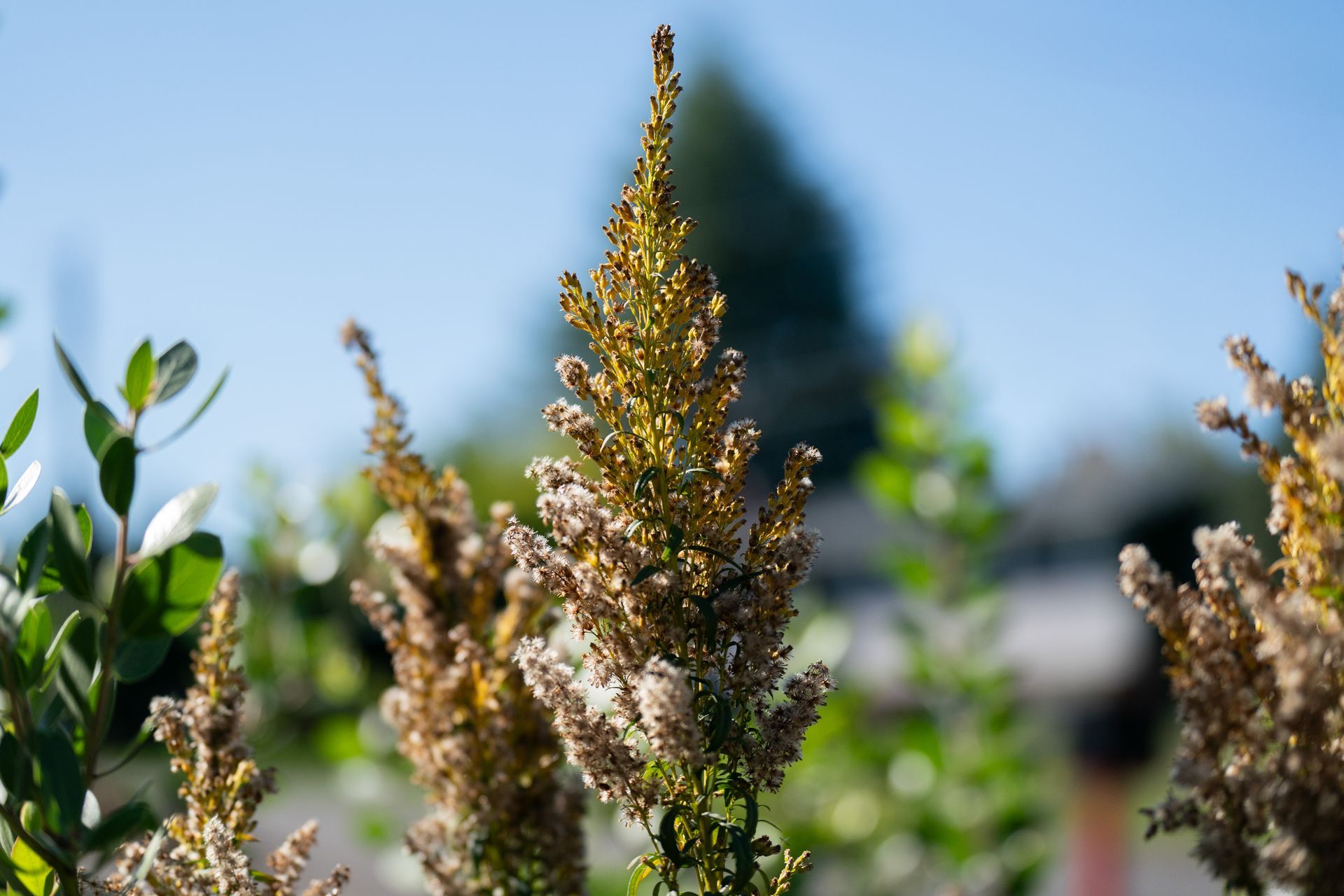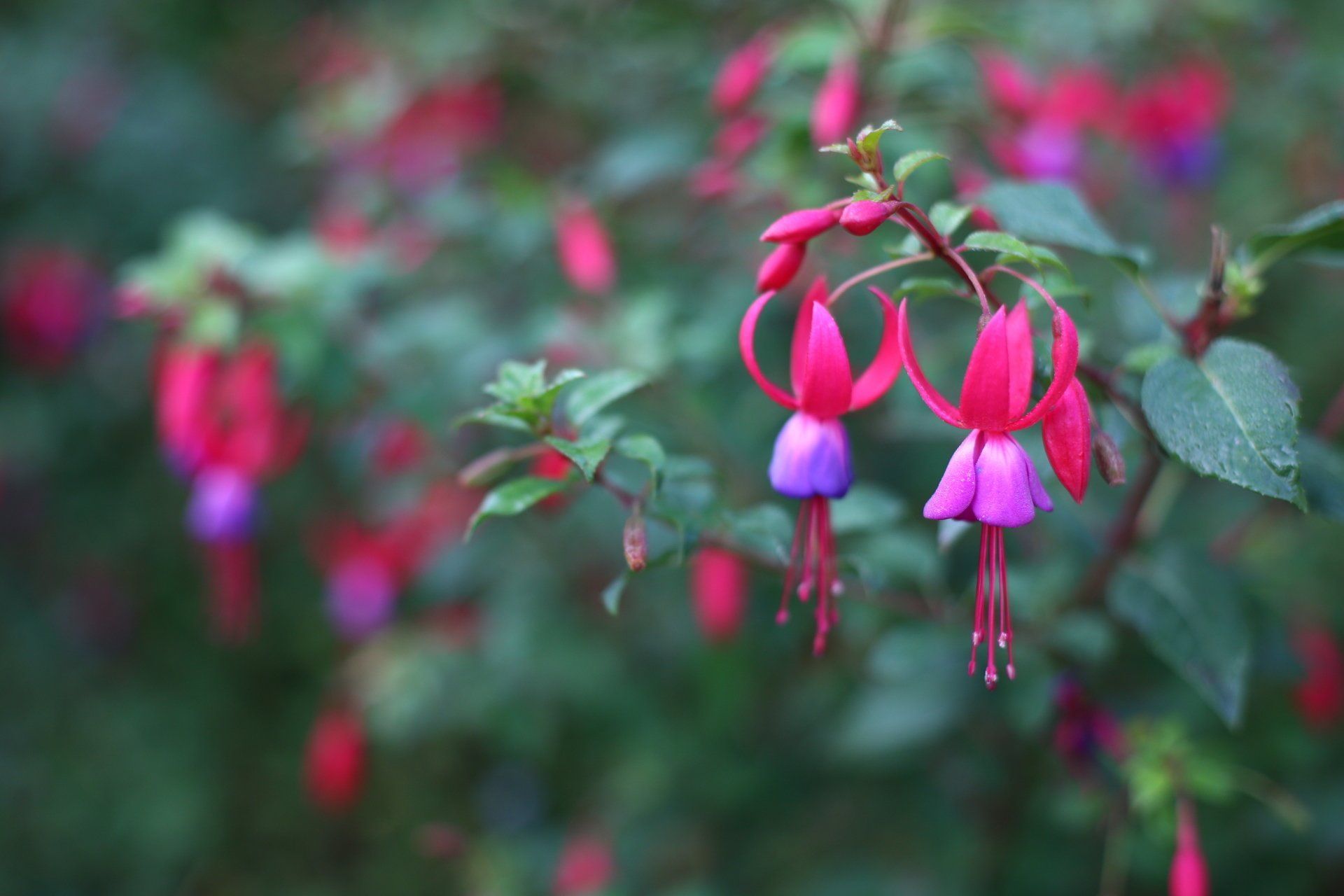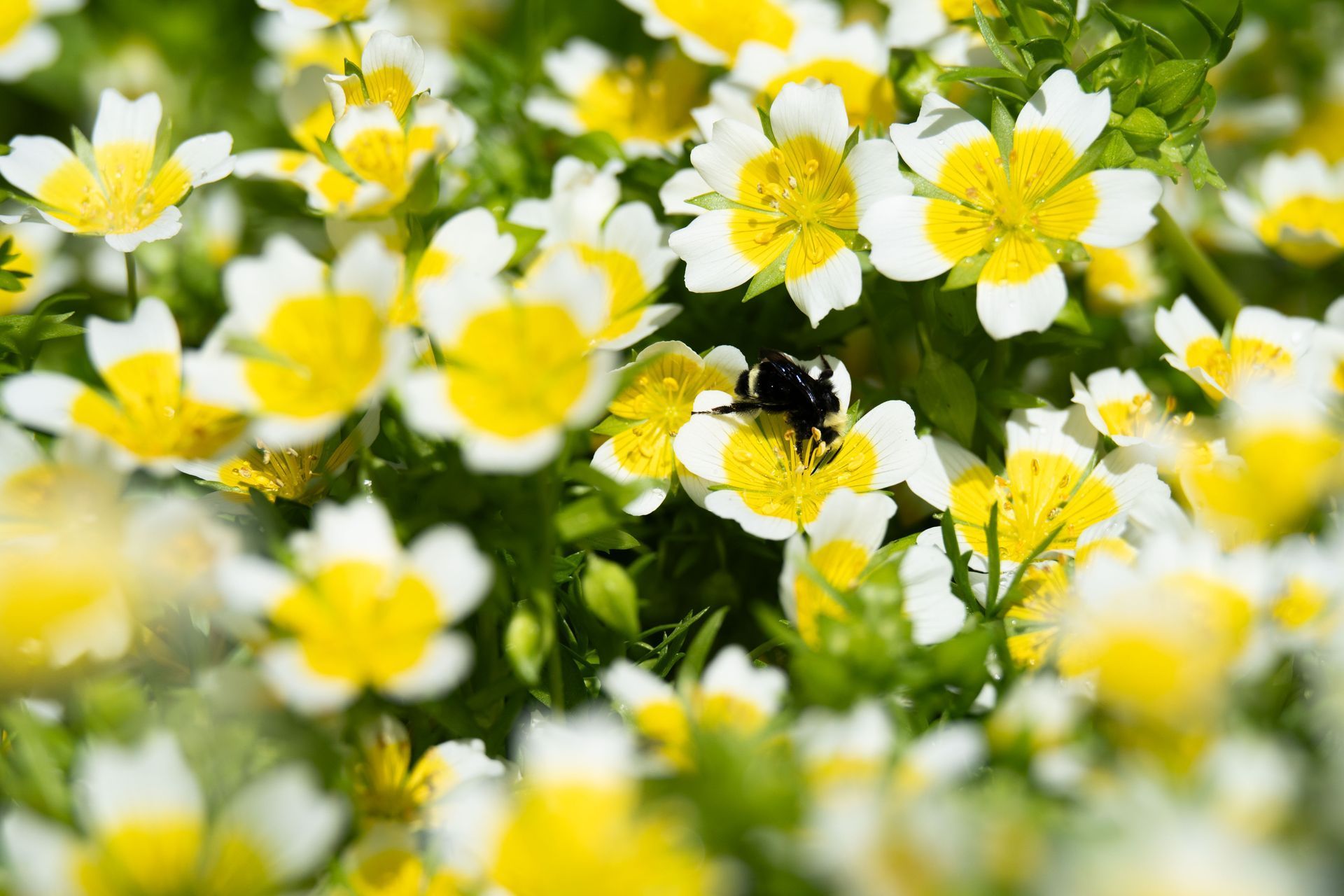A Trip to Vallarta Botanical Garden-Puerto Vallarta, Mexico PT 1
In early February, my partner and I traveled to Puerto Vallarta for a week of relaxing and exploring. In no scenario should one visit Puerto Vallarta without paying a visit to Vallarta Botanical Garden. The garden is just a 30-minute drive from downtown PV. So we decided on a day and looked up the bus route to visit. This will be my 4th visit, but my last visit was about six years ago, and I am excited to see what's new.
After a scenic and economical 30-minute bus ride, costing us merely 50 pesos, we arrived at our lush destination. The entrance to the Vallarta Botanical Garden greeted us with its enchanting entryway, a prelude to the botanical wonders that awaited.
As we paid the entrance fee and proceeded, the main road leading into the heart of the gardens beckoned us to explore further. Each step took us deeper into the garden, where a symphony of birds accompanied us. The path to the garden is lined with an array of plants, from the dramatic silhouettes of the black elephant ear plants- Colocasia, with their large leaves absorbing every ray of sunshine, to the fiery colors of bromeliads, igniting the green canvas with reds, yellows, and oranges.
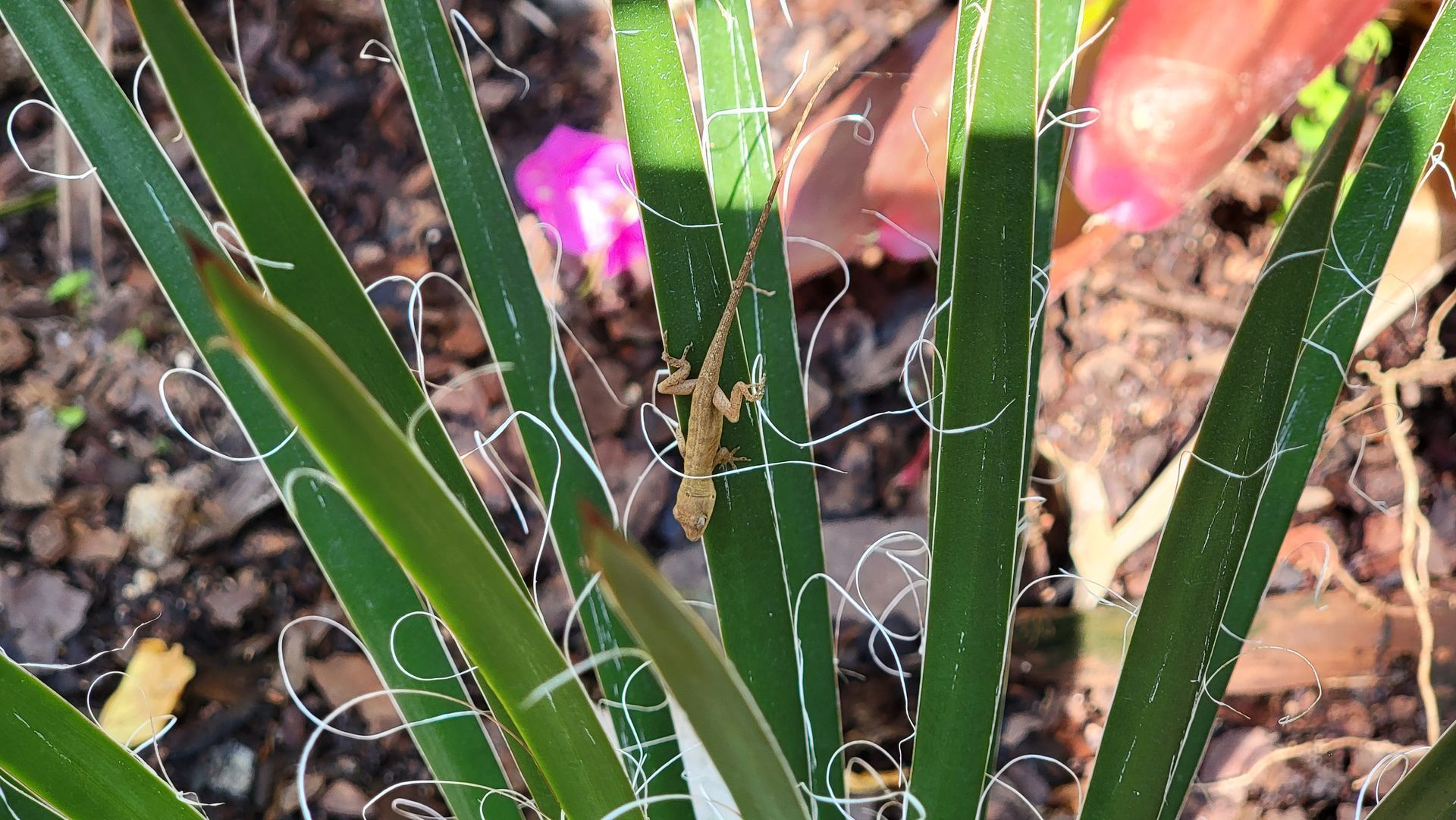
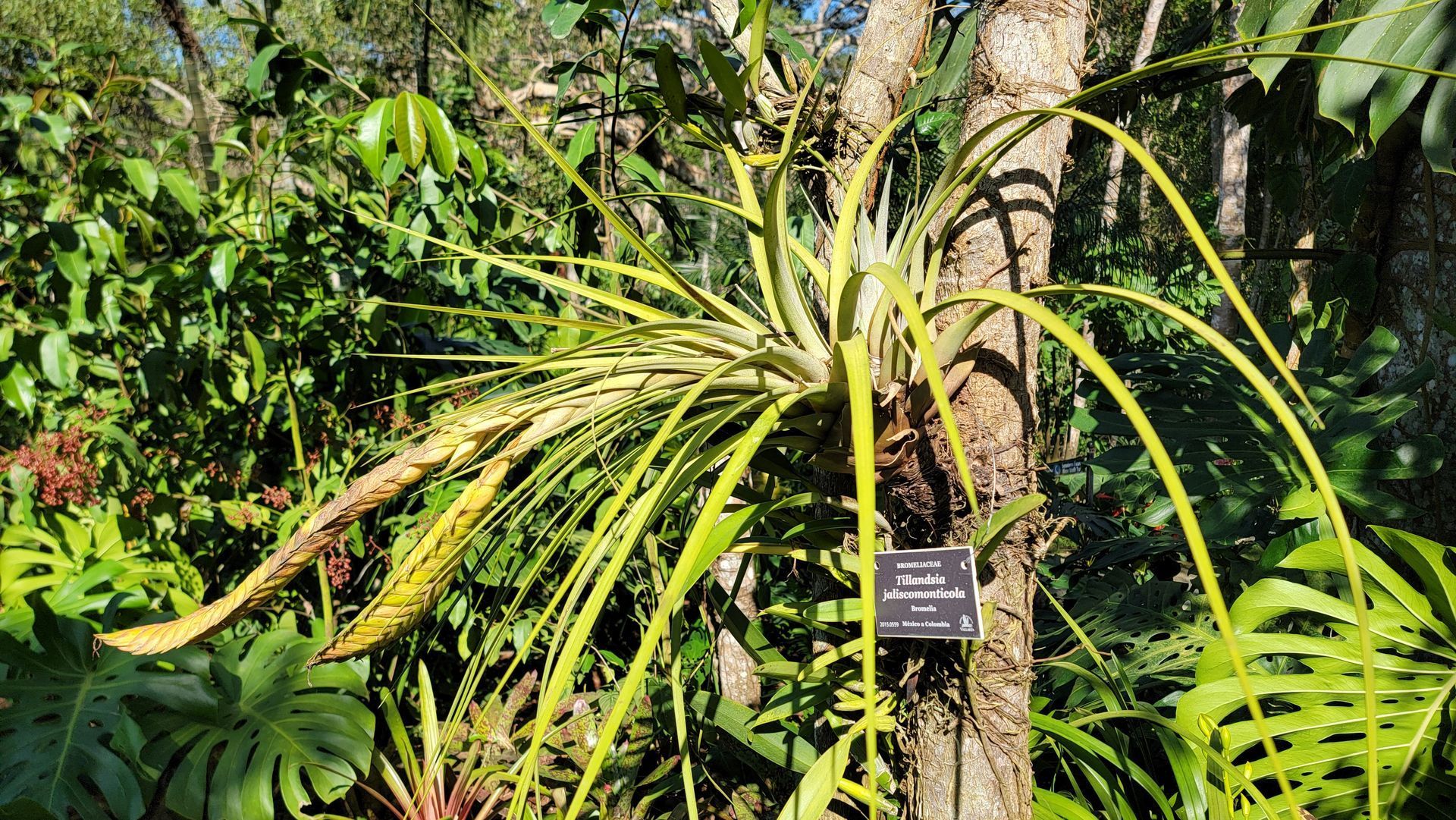
We then ventured into one of the open air conservatories, The Daneri Vireya Rhododendron House. The air was heavy with the sweet perfume of blooming orchids. This covered area sheltered a stunning variety of plants, each more 'swoon-worthy' than the last.
Among them, tropical Rhododendron species caught my attention. Its presence is a reminder of the diversity that thrives under the care of the Vallarta Botanical Gardens. Rhododendron sect. vireya from SE Asia.
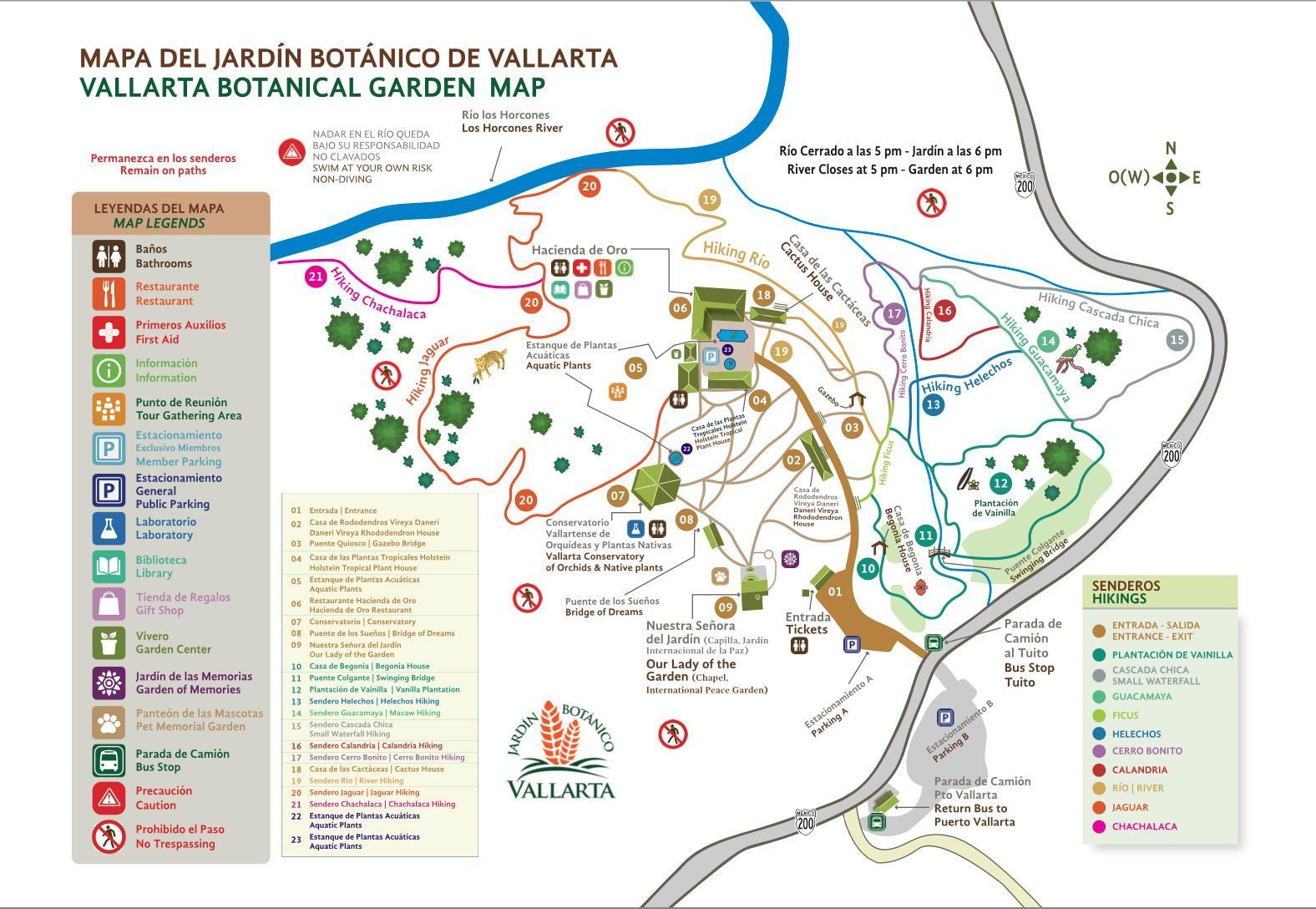
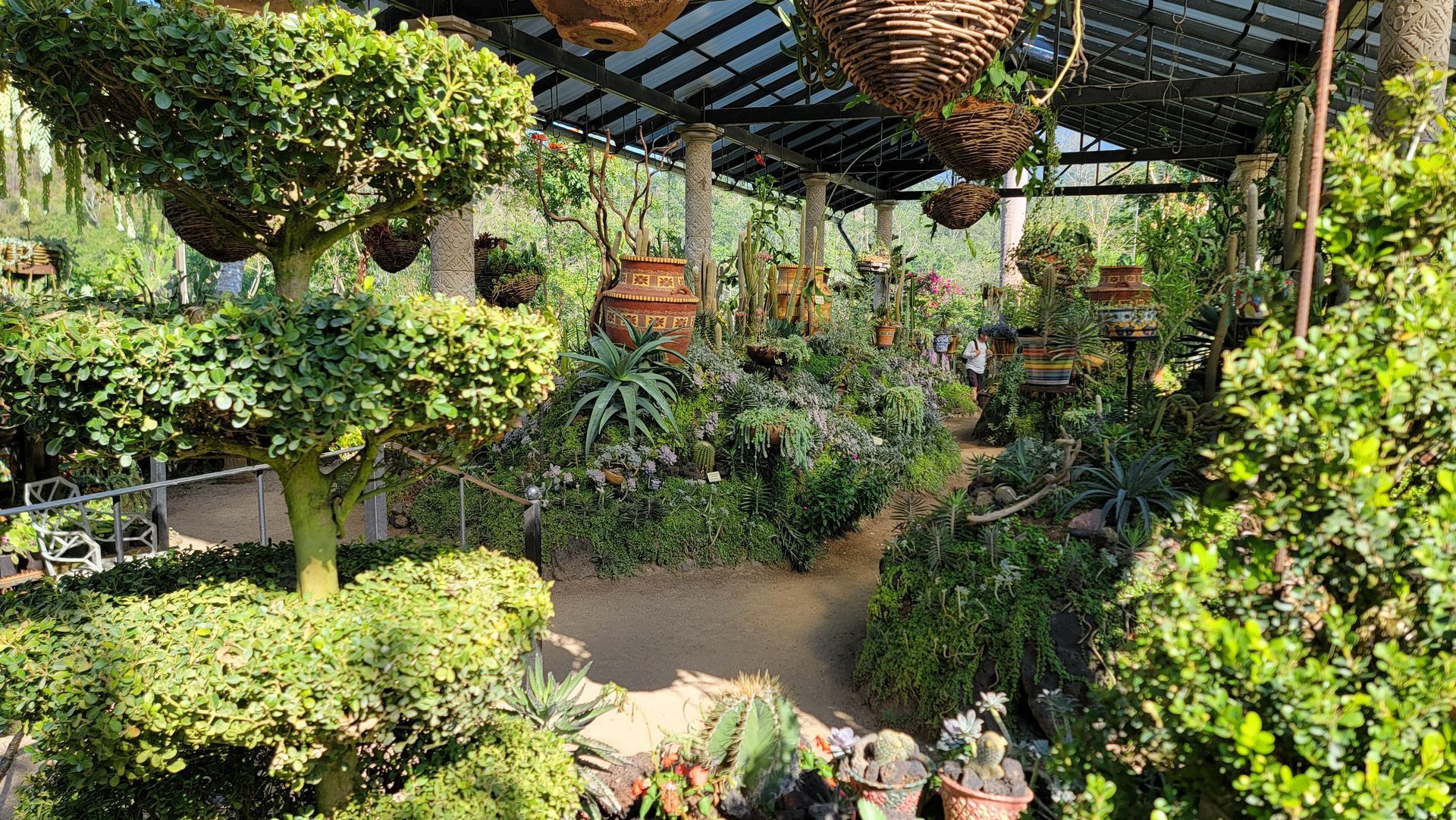
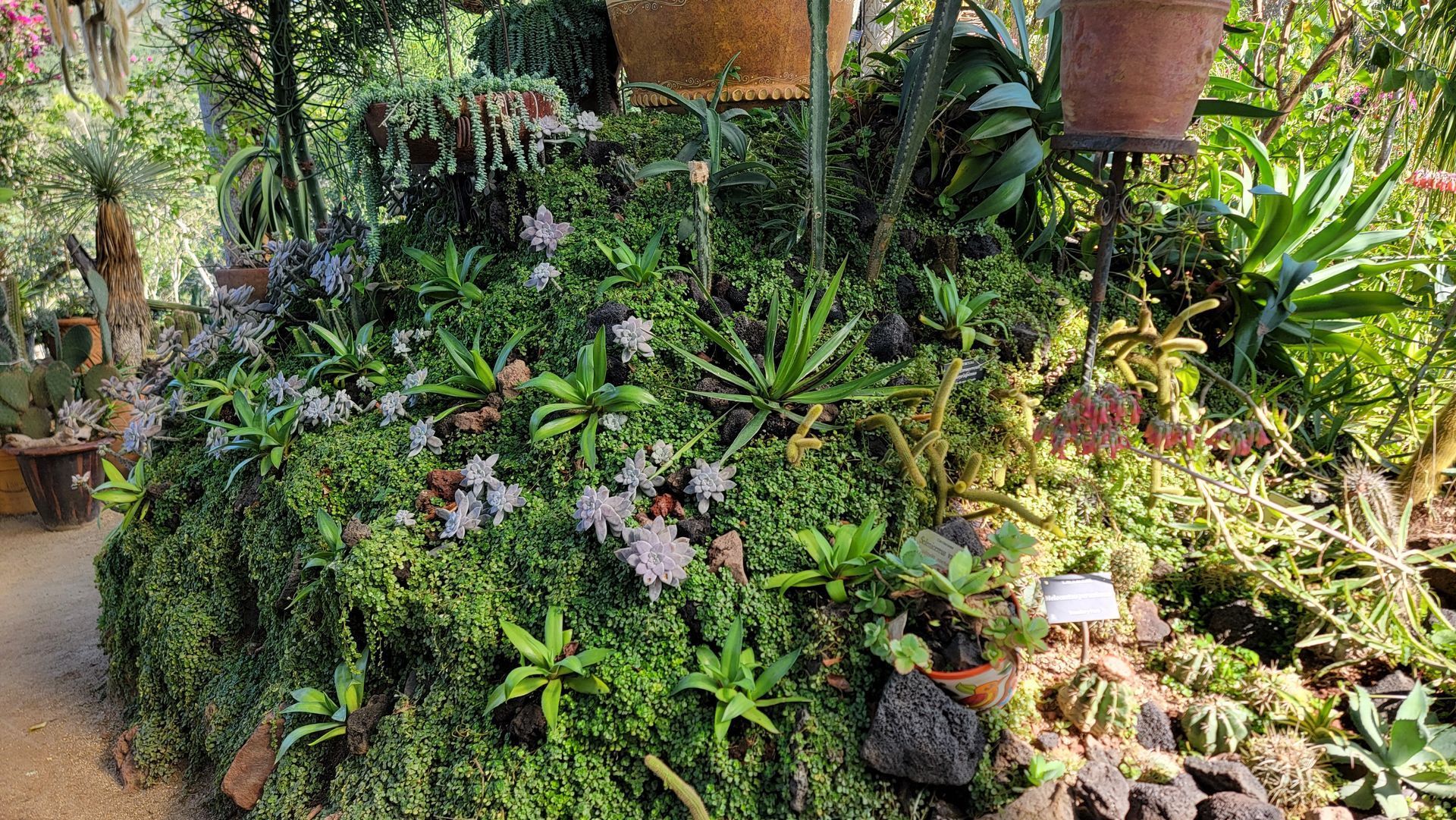
"Vallarta Botanical Gardens is a leading environmental organization in Puerto Vallarta, Mexico, with the mission to study, preserve, and display Mexican native plants for the enjoyment of locals and international visitors and has been a top conservation leader in Mexico for over 17 years. From a world-class facility in Puerto Vallarta, Mexico, Vallarta Botanical Garden provides an unprecedented opportunity to share the wonder of the vast diversity of Mexico’s unrivaled and unique plant species with people from around the world. The assembled botanical collections are housed in a safe environment, and the Garden maintains the most-visited public collection of orchids in the country of Mexico.
Additionally, The Vallarta Botanical Garden has focused on protecting endangered species and habitats since its founding in 2004. In an ongoing campaign, Vallarta Botanical Garden plays a vital role in a decade-long conservation project for the emblematic military macaw (ara militaris mexicanus), which was vanishing from the area until recently. The artificial nest box project has provided a vital link in the reproduction of this apex species, and wild military macaws can be seen daily at the botanical garden."
There is still so much to share from this visit, so this post will have two parts. Join me next month and I'll take you deeper into the garden.
Thanks,
Dale
